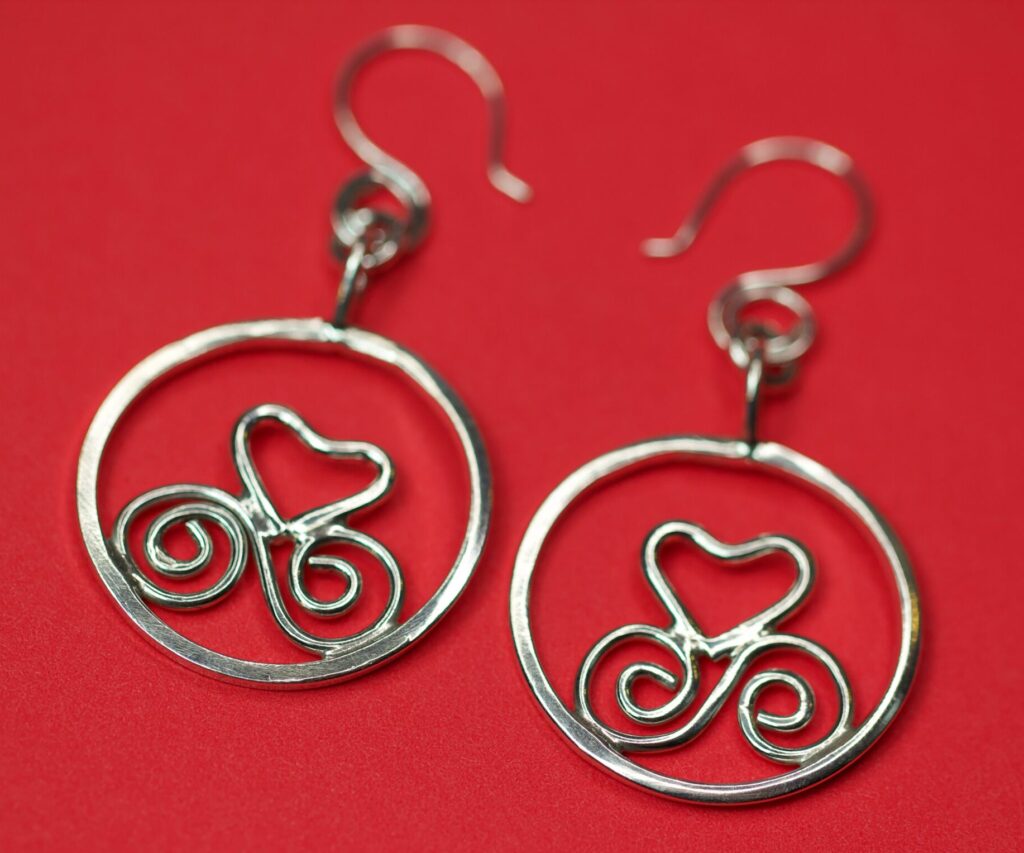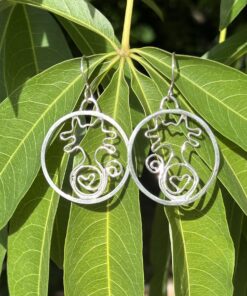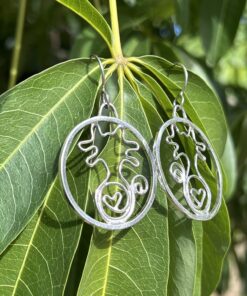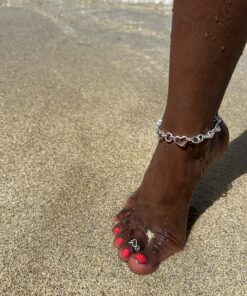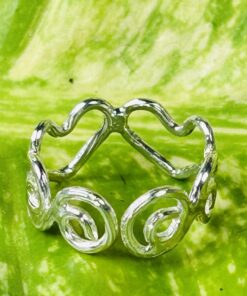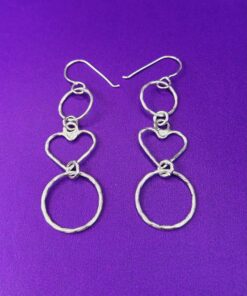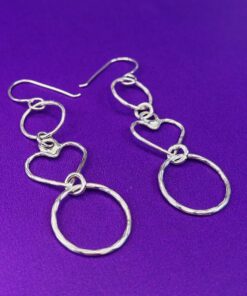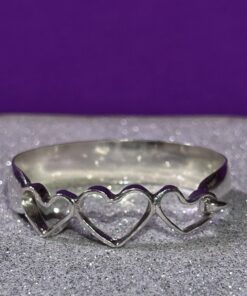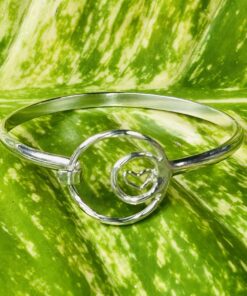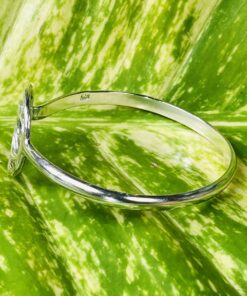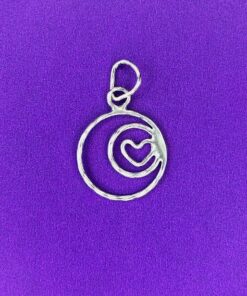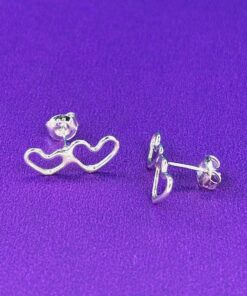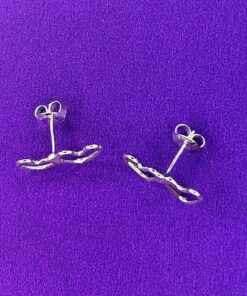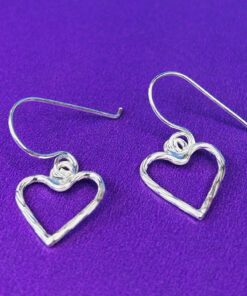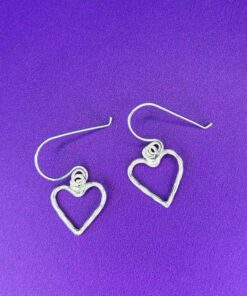Lifestyle
History of Jewelry on Valentine’s Day: A Love-Filled Tradition Unveiled
Valentine’s Day, a celebration of love and affection, has long been associated with the tradition of giving jewelry as a token of one’s feelings. The history of jewelry as a Valentine’s Day gift is rich and varied, with roots that intertwine with the origins of the holiday itself. Symbolic pieces, such as the famed ‘love knots’ which date back to ancient times, and the Victorian era’s acrostic rings, which used gemstones to spell out secret messages of adoration, have all played a part in the love stories of the past.
In the Middle Ages, nobles often gave their beloveds intricate jewelry to express their devotion, a practice which has evolved and endured through the centuries. By the time of the Renaissance, the exchange of jewelry, particularly rings and brooches with romantic motifs, during Valentine’s Day had become commonplace among the gentry. The tradition carried on, becoming ever more accessible with the rise of new technologies and the democratization of luxury that allowed even the middle classes to partake in the custom.
Today, Valentine’s Day continues to be one of the most popular occasions for the gifting of jewelry. The modern jewelry market offers a vast range of options, from classic diamond engagement rings to personalized pendants and bracelets, reflecting the enduring human desire to symbolize love and commitment with something precious and enduring. Whether it’s a simple heart-shaped charm or an elaborate custom-designed piece, jewelry remains a central part of Valentine’s Day celebrations around the world.
Origins of Valentine’s Day Jewelry
Valentine’s Day jewelry traditions stem from ancient festivals and the chivalrous practices of the Middle Ages. These origins reflect a blend of rituals and romantic customs.
Ancient Rome and Lupercalia
In Ancient Rome, February 14 marked the eve of Lupercalia—a festival of fertility. While not directly linked to jewelry, gifts exchanged during Lupercalia may be considered precursors to Valentine’s Day tokens. Jewelry as gifts likely adopted similar symbolic gestures from this period, representing health and fecundity.
Medieval Courtly Love
During the Medieval era, the concept of courtly love flourished, especially within the noble classes. Tokens of affection, including rings and brooches often inscribed with romantic verses, became popular during this time. These items served as enduring symbols of love, a tradition that has influenced the giving of jewelry on Valentine’s Day.
Evolution of Valentine’s Day Jewelry Traditions
Valentine’s Day jewelry has transitioned from intricate lockets of the Victorian era to today’s varied and modern offerings that cater to all tastes.
Victorian Era Sentiments
During the Victorian era, jewelry given on Valentine’s Day often contained hidden messages. Lockets were a popular choice; they would often hold a lock of a loved one’s hair and were engraved with romantic motifs such as birds and flowers, symbols of love and devotion. Acrostic jewelry was also in vogue, with gemstones arranged to spell out a word or sentiment, like “dearest” (Diamond, Emerald, Amethyst, Ruby, Emerald, Sapphire, Topaz).
Rise of Modern Jewelry Practices
In the 20th century, jewelry as Valentine’s gifts became more commercialized with the advent of advertising. Jewelers began marketing specific products for the holiday, such as heart-shaped pendants and diamond engagement rings, making them almost synonymous with Valentine’s Day. The practice of personalization saw a resurgence with engraved messages and custom designs becoming increasingly popular among couples seeking unique ways to express their affection.
Popular Jewelry Gifts for Valentine’s Day
Valentine’s Day is a time when jewelry gifts symbolizing love and affection are highly sought after. Here are some of the most popular choices.
Heart-Shaped Motifs
Heart-shaped jewelry captures the essence of love and is a perennial favorite. They come in various forms:
- Necklaces: Pendants with heart silhouettes are versatile and widely cherished.
- Bracelets: Charms and bangles featuring hearts are subtle yet meaningful.
- Earrings: From studs to drop earrings, heart-shaped designs are a staple.
Diamonds and Precious Stones
Diamonds and other precious stones convey enduring affection. They are often featured in:
- Rings: Diamond solitaires or bands studded with rubies and sapphires are popular.
- Pendants: Gemstones set in intricate patterns make for an eye-catching gift.
Personalized Jewelry
Personalized pieces add a unique touch to jewelry gifts. These can include:
- Engravings: Names, dates, or special messages etched into the jewelry.
- Birthstones: Incorporating a partner’s birthstone adds a personal and colorful element to the gift.
Check out our Heart Collection of jewelry, perfect for that special Valentine in your heart!

